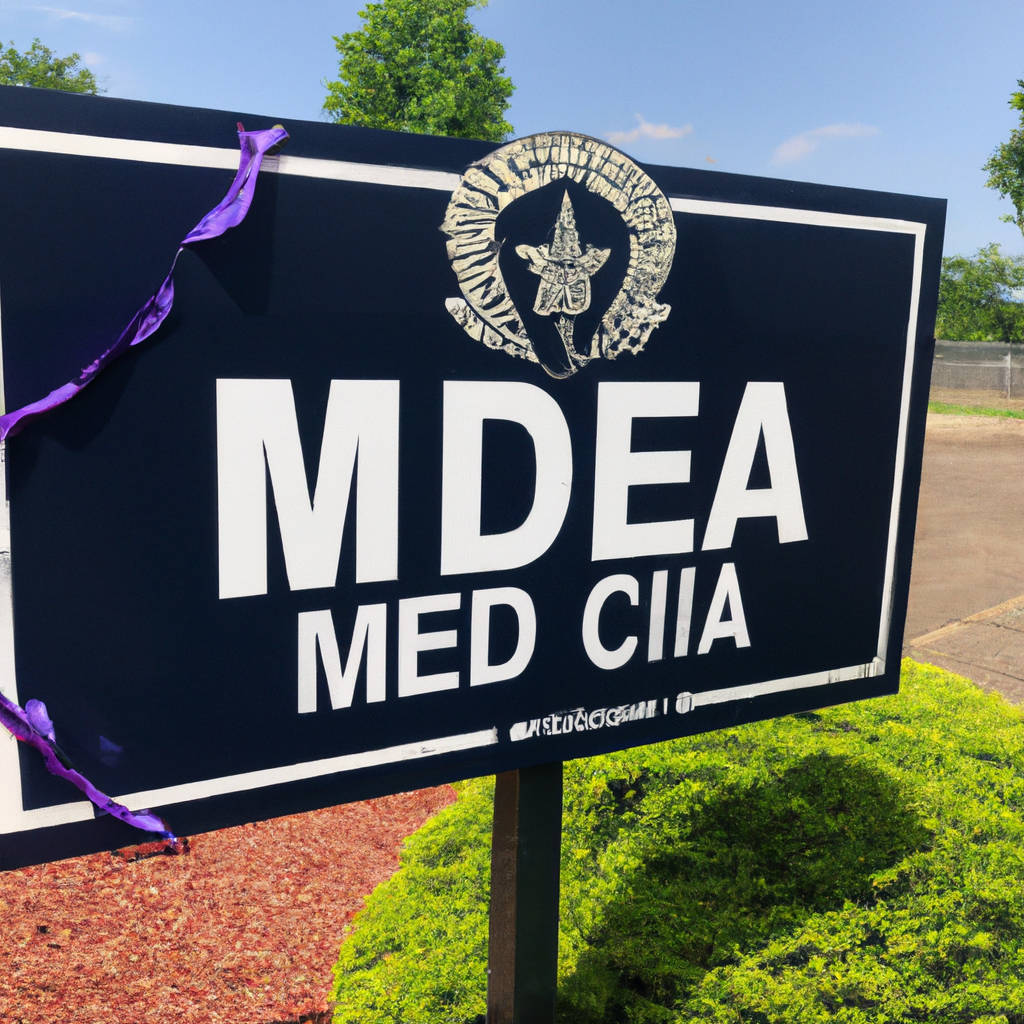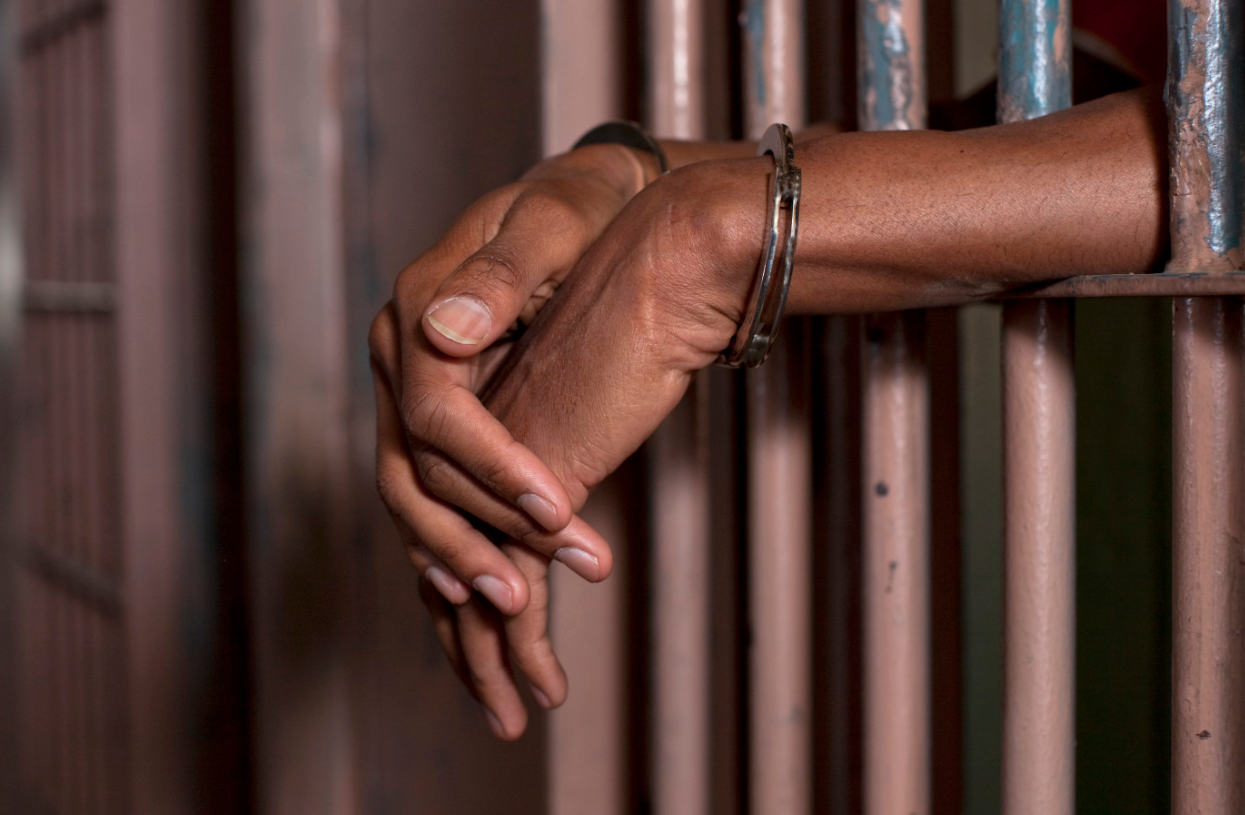In a shocking turn of events, a 36-year-old man was brutally stabbed at a graduation party in Medina. The incident, which took place over the weekend, sent ripples of fear and disbelief through the otherwise peaceful community. The local authorities moved swiftly and arrested a suspect in connection to the case. The suspect is currently being held in custody as investigations are underway. Majority of the party-goers were left in a state of shock, having witnessed such a horrifying act of violence in what was supposed to be a joyous occasion. The victim, whose identity remains undisclosed for his protection, was rushed to the hospital and is reported to be recovering from the injuries.
The motive behind this gruesome act is still unclear. However, officials are keen on getting to the bottom of it and ensuring justice is served. The incident serves as an unfortunate reminder of the unpredictable nature of violent acts that can erupt even in the most unexpected of places. The community has since rallied together, expressing their support and concern for the victim while also condemning the perpetrator’s brutal actions. The authorities have urged the public to remain calm as they work tirelessly to delve deeper into this case. Despite the unfortunate incident, the community is determined to not let this single act of violence define them, vowing to maintain their unity and peace.
The incident at the Medina graduation party, while disturbing, has brought to the forefront the need for increased vigilance and the importance of public safety. The arrest of the suspect is indeed a significant step in the quest for justice, but it is also a painful reminder of the urgent need to address and curb such violent tendencies in society.

Overview of the Incident
The incident in question unfolded on a tranquil Tuesday morning, as the calmness of the day was disrupted by an unexpected occurrence. The event took place at a renowned city bank, where the usual hustle and bustle of the day was replaced by an atmosphere of tension and fear. As per eyewitness accounts, a group of disguised individuals stormed into the bank, swiftly gaining control over the environment. The perpetrators, armed and intimidating, demanded access to the bank’s vault, sending waves of panic among the staff and customers present. The bank’s security personnel, caught off-guard, were unable to respond effectively to the unforeseen crisis.
The event lasted for approximately forty-five minutes, evolving into a hostage situation with the staff and customers trapped inside the bank. Outside, the local authorities had been alerted and were busily coordinating a response. The crisis negotiator, using a megaphone, attempted to establish a dialogue with the intruders, meanwhile the tactical response team was preparing for a potential breach. All the while, the media had gathered outside the bank, broadcasting live images of the incident to a shocked audience at home.
The incident came to a culmination when the tactical response team breached the bank’s entrance, causing a brief exchange of gunfire. The masked individuals eventually surrendered after realizing their untenable situation. Fortunately, no lives were lost during the incident, although a few individuals suffered minor injuries. This event, which began as an ordinary day, turned into a life-altering experience for those present at the bank that day. The incident left a deep impact on the community, triggering a wave of discussions about safety and security measures in public spaces. It served as a stark reminder that unforeseen circumstances can arise at any time, underlining the importance of preparedness and prompt action.
Details of the Stabbing Incident
The details surrounding the stabbing incident that took place last week are chilling and distressing, shedding light on the grim reality of interpersonal violence. The episode reportedly unfolded in a quiet residential neighborhood, shaking the community to its core. The incident reportedly involved two adult men, known to be neighbors, having a heated argument that tragically escalated into physical violence.
The primary individual, accused of initiating the assault, allegedly brandished a kitchen knife in a fit of rage, inflicting serious injuries on the other. The victim, a middle-aged man, sustained multiple stab wounds to his torso and arms. Eyewitness accounts suggest the altercation occurred in broad daylight, in full view of other residents. The severity of the victim’s injuries necessitated immediate medical attention, leading to his urgent transportation to a nearby hospital.
The accused, following the violent outbreak, reportedly attempted to flee the scene but was detained by other residents until the arrival of authorities. The weapon, a stainless-steel kitchen knife, was recovered at the scene and is a crucial piece of evidence in the ongoing investigation. The motive behind the incident remains unclear, with reports hinting at a possible long-standing feud between the two men.
The incident has sparked widespread concern and fear among local residents about their safety. Several community meetings have been organized in the wake of the event, aiming to address the prevalent anxieties and to devise strategies to prevent such occurrences in the future. The victim, while still in recovery, is said to be in a stable condition. Meanwhile, the accused remains in custody, awaiting the completion of the investigation and subsequent proceedings. This incident serves as a stark reminder of the potential for escalated conflict and the profound impact it can have on individuals and communities alike.

Police Response and Arrest of the Suspect
The duty of the police force is to protect and serve the community, and one of their primary responsibilities includes the apprehension and detention of individuals suspected of committing an offense. When a crime is reported, the initial police response is crucial in controlling the situation and preserving evidence. In most cases, police arrive at the scene promptly, assess the situation, and gather information. Their approach is generally calm and professional, aimed at de-escalating any tension that may be present.
Once a suspect is identified, the police are authorized to conduct an arrest. This process involves taking the individual into custody, which restricts their freedom of movement. An arrest is typically preceded by an investigation, during which police gather evidence linking the suspect to the offense. Sometimes, the police may arrest a suspect at the scene of the crime if they have a reasonable suspicion that the person has committed an offense. Even in such situations, the arrest is carried out respectfully, ensuring the suspect’s fundamental rights are preserved.
The arrest is not the end of the process. Once the suspect is in custody, a thorough investigation is carried out to collect all the evidence. This could include forensic analysis, witness statements, and interrogations. The suspect is also given an opportunity to defend themselves, often with the assistance of legal representation. The police then present their findings to a prosecutor, who makes the decision about whether to file charges.
It’s important to remember that an arrest doesn’t necessarily equate to a conviction. Everyone is presumed innocent until proven guilty in court. Therefore, the police must carry out their duties in a fair and unbiased manner, ensuring they are not violating the rights of the suspect. This includes providing the suspect with the opportunity to present their side of the story and ensuring they are treated with dignity and respect throughout the process.
In conclusion, the police response and the arrest of the suspect is a complex process that requires professionalism, respect for individual rights, and a thorough investigation. It’s a critical aspect of maintaining public safety and order in our communities.
Condition of the Victim
The plight of the victim often depends on the circumstances surrounding the incident. When an individual falls prey to an unfortunate event, their physical, emotional, and psychological state can deteriorate significantly. The impact varies; some may experience minor discomfort, while others may face severe trauma, potentially leading to a long-term, adverse effect on their overall wellbeing. In cases of physical harm, the individual might endure pain, physical disfigurement, or even disability. This could lead to a decreased quality of life, an inability to work, or perform daily tasks independently.
Psychologically, victims often experience distress, anxiety, and depression. The mental trauma can be so significant that it manifests itself into Post-Traumatic Stress Disorder (PTSD), a debilitating condition that can persist for years, if not a lifetime. The emotional distress can be further compounded by feelings of self-blame, guilt, shame, and fear, which can lead to isolation and withdrawal from social activities.
The victims’ financial condition can also suffer. Medical bills can pile up, especially if the victim is unable to work due to their physical or mental condition. This can lead to financial instability, adding another layer of stress. Despite the hardships, some victims find the strength to turn their suffering into a force for change, advocating for victims’ rights, and working to prevent others from experiencing the same ordeal. While the road to recovery can be long and arduous, many victims find that seeking professional help, such as therapy or counseling, can be significantly beneficial.
Overall, the condition of the victim is multifaceted and affected by various factors. It’s crucial for society to acknowledge their struggles and work towards providing the necessary support and resources to aid their recovery process.

Community and Witness Reactions
Community and witness reactions to various events often shape public opinion and influence decision-making processes at different levels. These responses are essential in understanding the collective sentiment towards a situation, incident, or policy. For instance, consider a scenario of a community witnessing a disruptive event. The reactions of the individuals present at the scene, and those who learn about the incident later, play a significant role in shaping the narrative surrounding the occurrence. The community’s response might range from shock to indifference, or from outrage to sympathy, depending on the nature and impact of the incident.
Witness reactions, in particular, carry significant weight. As first-hand observers, witnesses provide an immediate, unfiltered reaction to an event. Their responses can be instrumental in raising awareness, mobilizing resources, or initiating change. They might express shock, fear, or anger, or conversely, show support or admiration, based on the circumstances. Their emotional responses can influence the broader community’s perception of the event, and this collective perception can lead to tangible changes.
Community reactions, on the other hand, are generally more diverse. They represent a broader spectrum of views and opinions, reflecting the diversity within the community. These reactions can be influenced by various factors, including cultural, socio-economic, and individual differences among community members. It’s important to remember that these reactions are not always unanimous; they can vary significantly within the same community.
In conclusion, community and witness reactions to events are critical as they shape the narrative surrounding these occurrences. They influence public opinion, potentially lead to changes, and reflect the community’s diverse viewpoints. Understanding these reactions can provide significant insights into the community’s collective sentiment towards various situations.
Legal Proceedings and Charges
Legal proceedings and charges are integral parts of the justice system, designed to ensure fairness and accountability in our society. A legal proceeding is a formal examination of a dispute before a court or other authoritative entity. This process can be initiated by an individual, a government agency, or a business entity. It often involves a series of steps, including filing a complaint, serving the defendant, and going through pre-trial activities, trial, and possibly appeal.
Charges, on the other hand, are formal accusations made against an individual or entity indicating that they have violated some regulation or ordinance. They are often the precursor to a legal proceeding, as the accused party is given an opportunity to respond to the allegations.
Both legal proceedings and charges can be complex and require a deep understanding of the applicable rules and regulations. They also demand a high level of proof and evidence, as decisions made can have long-lasting impacts on the lives of those involved. For example, a charge of theft could lead to a legal proceeding that results in a verdict of guilt or innocence, potentially affecting the accused’s reputation, employment, and even freedom.
It is essential for everyone, regardless of their role in society, to understand these elements of the justice system. Awareness of these processes is crucial in navigating any potential interactions with the justice system effectively. It also plays a part in shaping a society where everyone is held accountable for their actions, and disputes can be resolved in a fair and balanced manner.
In conclusion, legal proceedings and charges are fundamental components of the justice system, serving as the means to bring about resolution and accountability in cases of alleged violations of regulations or ordinances. Despite their complexity, their understanding is crucial for the proper functioning of society.

Conclusion: Ensuring Safety at Community Events
In conclusion, ensuring safety at community events is a collective responsibility which requires meticulous planning, relevant resources, and the active participation of all attendees. It primarily involves the implementation of safety measures such as crowd control strategies, first aid facilities, emergency exit routes, and fire safety protocols. Organizers must ensure that they are adequately prepared to handle any potential risks or hazards that could arise during the event. This entails hiring professional security personnel, utilizing security technology, and conducting risk assessments. Attendees should also be made aware of the safety guidelines and protocols via clear communication strategies such as signage, public announcements, and information leaflets. It is also of paramount importance to collaborate with local agencies such as the fire department, medical services, and other relevant bodies to ensure a swift response in the event of an emergency. Feedback from previous events should be considered to continuously improve safety measures and procedures. In essence, the safety of community events relies on the joint efforts of organizers, local agencies, and attendees themselves. Ensuring a safe environment not only reduces the risk of accidents and incidents but also enhances the overall experience of the attendees, contributing to the success of the event.
